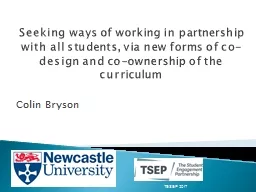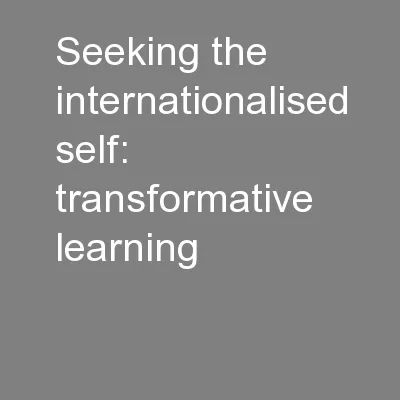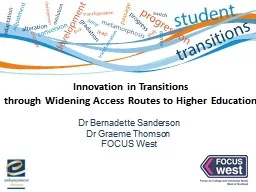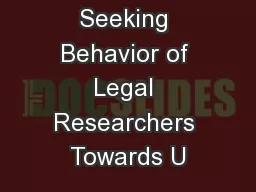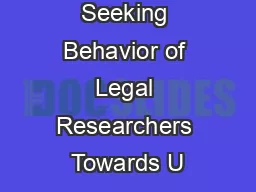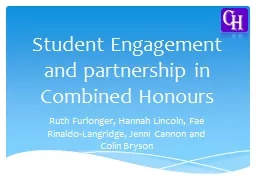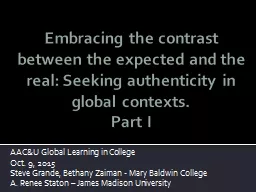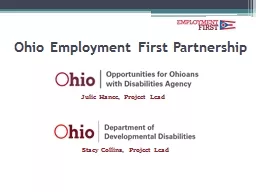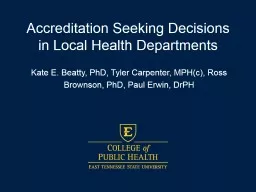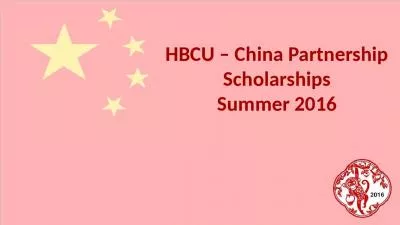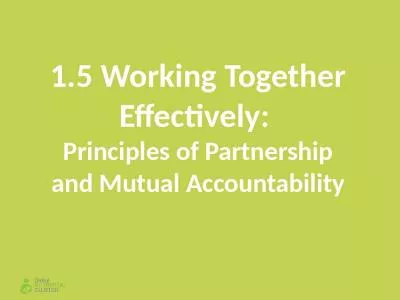PPT-Seeking ways of working in partnership with all students, v
Author : aaron | Published Date : 2017-10-06
Colin Bryson TESEP 2017 Create a network of all those supporting student engagement To involve and work with students in partnership Organise events RAISE17 Sept
Presentation Embed Code
Download Presentation
Download Presentation The PPT/PDF document "Seeking ways of working in partnership w..." is the property of its rightful owner. Permission is granted to download and print the materials on this website for personal, non-commercial use only, and to display it on your personal computer provided you do not modify the materials and that you retain all copyright notices contained in the materials. By downloading content from our website, you accept the terms of this agreement.
Seeking ways of working in partnership with all students, v: Transcript
Download Rules Of Document
"Seeking ways of working in partnership with all students, v"The content belongs to its owner. You may download and print it for personal use, without modification, and keep all copyright notices. By downloading, you agree to these terms.
Related Documents

